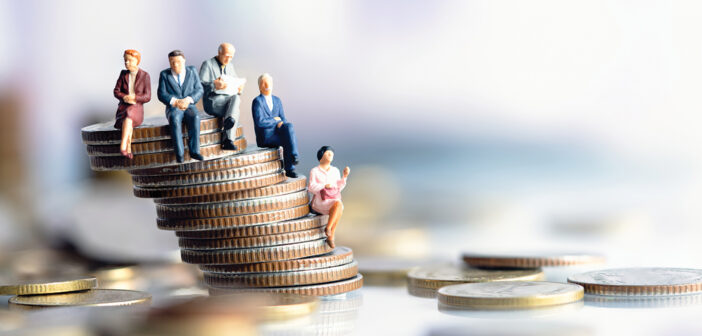As of this article’s writing, inflation is 8.2%, imposing an unavoidable tax on all Americans. A tragedy of this is that this inflation could have easily been avoided.
Recent research from the San Francisco Federal Reserve District Bank found that the March 2021 American Rescue Plan (ARP), which sent most Americans $1,400 and state and local governments $250 billion amongst other benefits, increased inflation by three percentage points. In other words, had the ARP not been signed into law, inflation would be 5.2% rather than 8.2%.
There was little justification for the ARP. The unemployment rate had already fallen to 6%, more than 300,000 jobs were being created per month (except for December 2020) and the total production of goods and services in the economy was only 1% below where it was pre-pandemic. As economists have known since at least Milton Friedman, dumping newly-printed money into a largely recovered economy results in inflation. People try to spend this new money, this spending outpaces the production of goods and services, and prices surge. The ARP was the largest stimulus package in U.S. history, costing over $2 trillion. It should not have surprised anyone that the ARP would be inflationary, though apparently it surprised both the Federal Reserve and the Secretary of the Treasury. Friedman’s knowledge had apparently been lost on them (and others) in what economist Tyler Cowen calls “The Great Forgetting.”
The Russian-Ukrainian war caused the price of crude oil to increase by over $50/barrel and the price of gasoline to increase by over $1/gallon; this has probably added another percentage point to inflation. Had the U.S. pursued a diplomatic solution and prevented this war, rather than flooding the region with weapons, inflation would have been one percentage point lower, and thousands of lives saved.
The December 2020 stimulus was modest by COVID standards, but still large in absolute dollars, costing over $900 billion and sending most Americans a $600 check. It is hard to justify this package as well, since GDP and job growth were both strong at the time. This package probably added another percentage point or so to the rate of inflation.
Thus, with more responsible domestic and foreign policies, the United States could be emerging from the COVID-19 pandemic with a rate of inflation on the order of 3% to 4%, rather than over 8%. Reducing inflation from the former back down to 2% is astronomically easier than from the latter.
I am convinced that previous generations will look back at policies enacted over the last two years as some of the most severe policy blunders of modern American history. Thanks to these blunders, the Federal Reserve will have to do something it has never done before, namely engineer a soft landing that brings down the rate of inflation without inducing a major recession. The significant energy price spike the economy is currently facing makes that prospect even more daunting.














